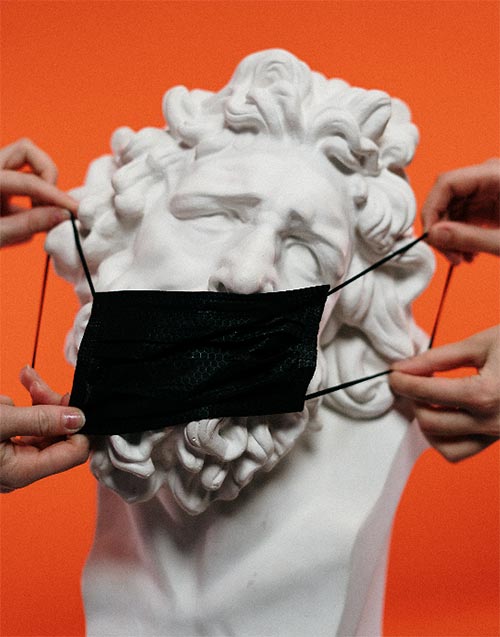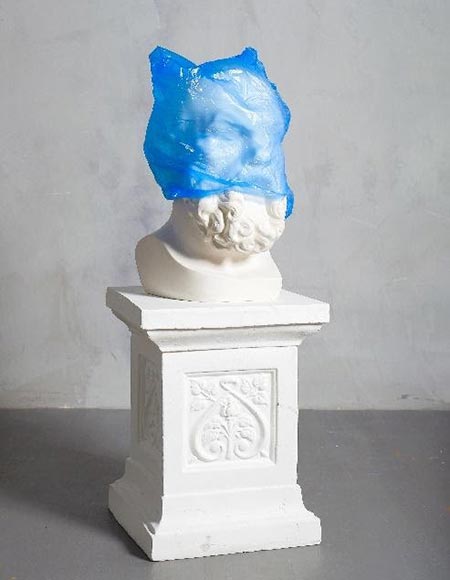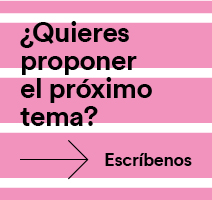Give your opinion
Damnatio memoriae' in the 21st century

Paola Bernal, student of the double Degreein History and Journalism and of the Diploma in Archaeology, of the Schoolde Philosophyy Letras, offers us an interesting reflection on the historical report.

If there is one thing historians can confirm, it is that human beings - regardless of time, civilisation, technology or culture - share traits and behaviours that are cyclically repeated. From the making of jars - the same in the Roman Empire and now - to the political use of oratory - like Pericles and Obama -to the recent phenomenon that began in the United States and has been echoed around the world: tearing down statues that are not considered worthy.
The Romans used a term for this social overthrow: the famous damnatio memoriae. Translated as "condemnation to the report", it consisted of erasing all traces and heritage of a person - often senators or the emperors themselves - considered dishonourable by the people or by their political enemies. But this internshipis not a Roman invention. There is evidence of it in civilisations as ancient as the Hittites and the Egyptians. For example, the Pharaoh Hatshepsut, wife of Thutmose II, who defied the rules of the time and reigned for a long and prosperous period, suffered this punishment. Her name was even erased from the King List.
And something similar is happening today. Statues of historical figures, such as Christopher Columbus, Winston Churchill or Ulysses Grant, fall from their pedestals, branded as racists, genocidaires or slavers. For a student of history and archaeology, this news raises many questions. Societies need to know their past in depth in order to create a sense of identity, of belonging, and to achieve the longed-for progress. In this story, in addition to the achievements, there are also those episodes in which we have failed as a people. It is not a matter of national pride or shame, they simply happened in a context very different from today. Denying these facts, destroying them, leads nowhere, quite the contrary: keeping them fresh in our collective thinking will ensure that the seed of racist behaviour that has germinated will no longer be perpetuated in our society.

Perhaps Edward Colston (1636-1721) does not deserve a central space in an avenue in Bristol, south-west England. But after seeing the protesters rolling the bronze into the harbour, one wonders whether such a charge against the past will bring about real change. The city's mayor, Marvin Rees, the son of a Jamaican, has announced his intention to keep the statue, erected in 1895, in a museum and has invited the public to have "a calm conversation" about the history of the city, one of the largest British enclaves involved in the slave trade.
With Colston' s memory at the bottom of the River Avon, "society in Bristol is going to stay the same", says Juan Pan-Montojo, vice-president of the associationContemporary History, because "erasing traces of the past does not reform the present". However, there are other actions that can become instruments of change. For example, keeping the statue in an institution where it can be documented for future generations and its meaning reinterpreted; placing in its place an image of a person who stands out for his or her social partnershipor solidarity; or, as some historians point out, trying to re-establish the balance of representation in public space by erecting monuments to reportof the anonymous victims of slavery.
When angry masses mobilise, they leave little time for reflection or consensus. But, if all the characters fall without a criterion, how can we differentiate between the actions of Christopher Columbus and those of Iósif Stalin?
We have to decide which side of history we want to be on; I don't mean dividing us into good guys and bad guys as if the world were a fantasy story, but between the lukewarm and the visionaries, between those who deliberately abandoned their roots or those who embraced their past to bring about the change we need.
|
This text was originally published in issue 708 of Nuestro Tiempomagazine |
If you liked the article, you might be interested in one of our Degrees!








